Garlic Growing Guide
Growing garlic is super easy and it tastes so much better than garlic you buy at the grocer store! It’s a low-maintenance crop that requires very little space in your garden. Experiment with different varieties for different flavors and intensities!
Prepare
Plant garlic in a well draining, full sun area. Do not plant in an area where water collects, otherwise it can collect around the roots and cause rot or disease. Planting them in raised bed works really well. Work in a few inches of compost or well-rotted manure plus a good fertilizer (we like Espoma GardenTone), then rake smooth. Always make sure to rotate the location where your garlic is planted, trying not to plant them in the same spot every year.
Plant & Mulch
Garlic multiplies from single cloves separated from the whole bulb. Each clove will multiply in the ground, forming a new bulb that will consist anywhere from 10- 20 cloves. Break the bulb into individually cloves, keeping only the largest, firmest ones for replanting. Space rows 12 inches apart, and cloves 4- 6 inches apart. Set each clove, pointed end up about inch or two into the ground, firming soil around it. Water in. After planting, put down a layer of mulch such as chopped leaves, straw or grass clippings.
Care
When you see the leaves start to emerge it’s time to feed again with a highnitrogen fertilizer which breaks down slowly. Generally a teaspoon worked into the soil near each plant works great. Pull weeds because they will rob the garlic of moisture and nutrients, and keep them well watered during the dry season. In late spring, some varieties will produce small bulbils on the top of the stems. Cut those stalks off so the plant can send more energy into forming a large bulb. Toward the end of June the plants will stop producing leaves and will focus on forming bigger bulbs. Remove mulch and stop watering. Allowing the soil to dry out will help the garlic store better.
Harvest & Store
Around mid-July, when most of the leaves have turned brown, gently pull or dig up the bulbs. If you leave them in the ground too long the bulbs may begin to separate and won’t store well. Lay the plant, with leaves still intact, out to dry for 2-3 weeks in a shady spot with good ventilation. Bring plants in if it’s supposed to rain. When the roots below the bulb feel dry and brittle, rub them off along with any dirt clinging to the bulb. Be careful not to break the bulb apart, and do not wash them, as this will shorten the life of the bulb. Braid it, tie it in bunches, or cut off the stems a few inches above the bulb and store on slatted shelves or a screen in a cool, dry location. Make sure to set aside the largest bulbs to replant later in the fall.


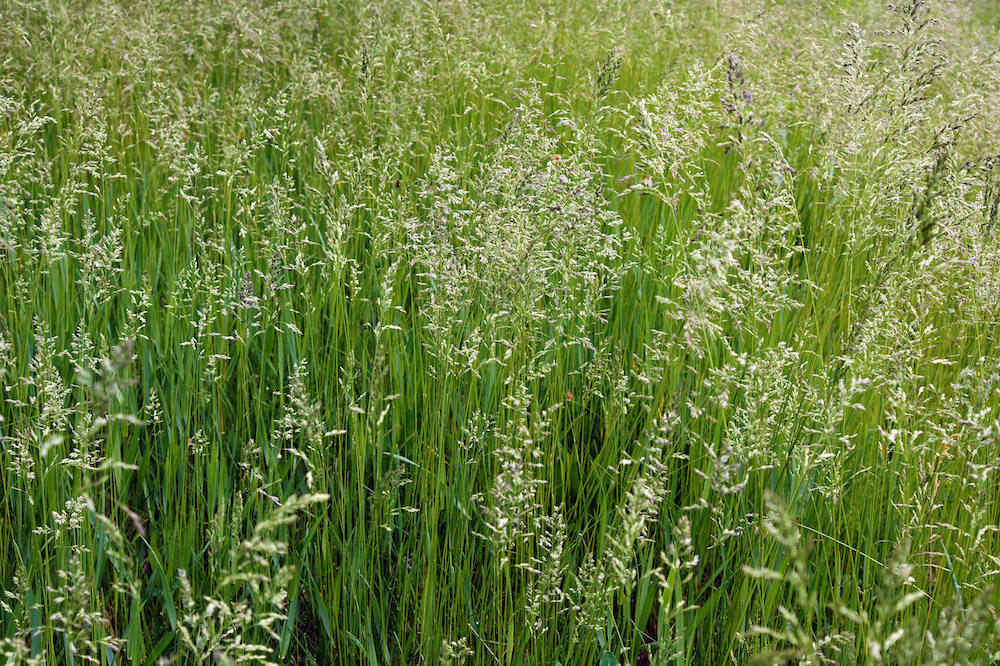


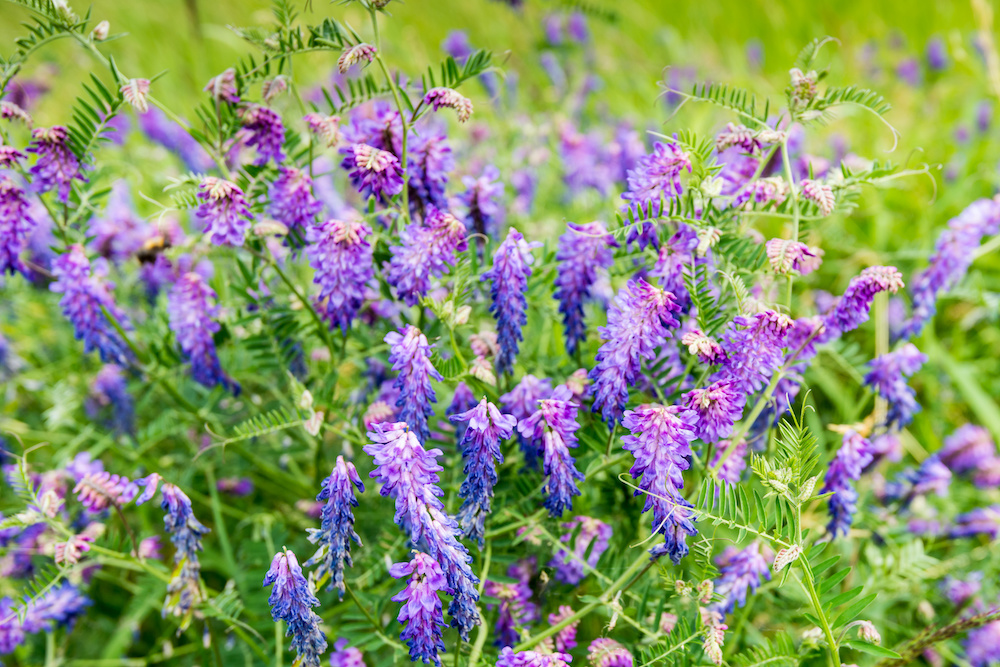
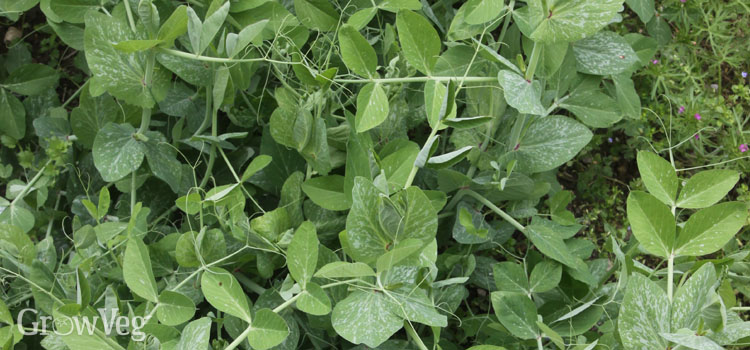

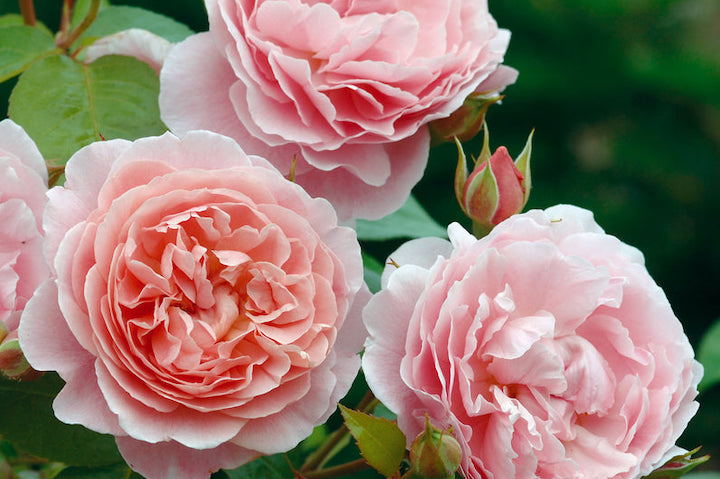

 Care Guides
Care Guides David Austin Roses
David Austin Roses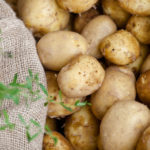 Plant Lists
Plant Lists Bulk Seed List
Bulk Seed List